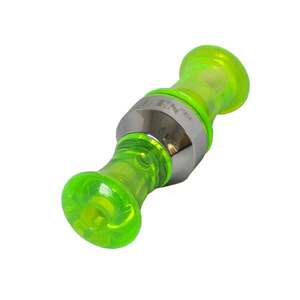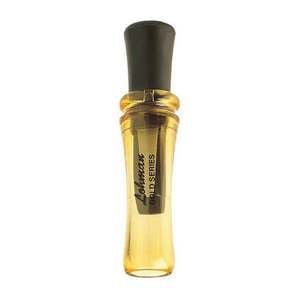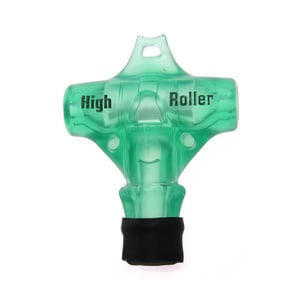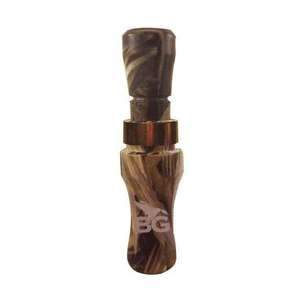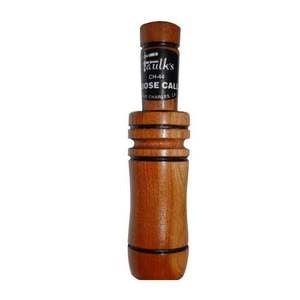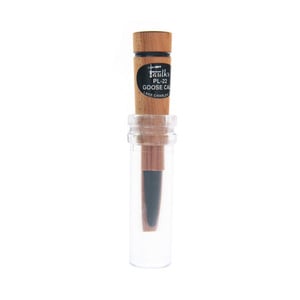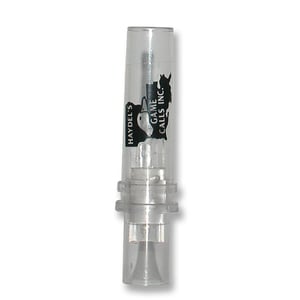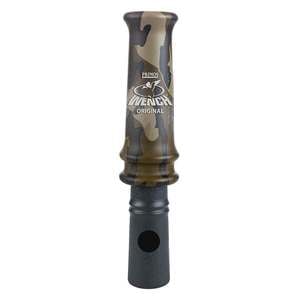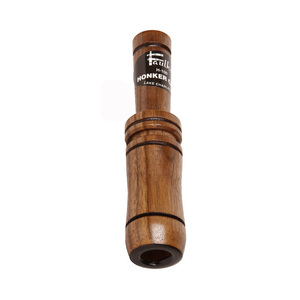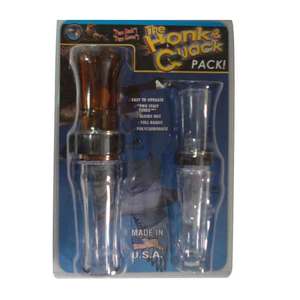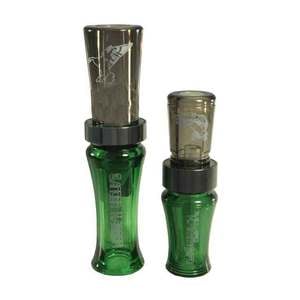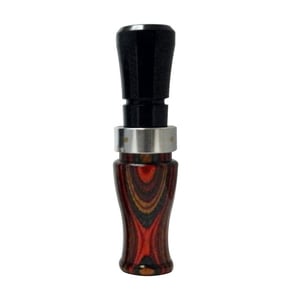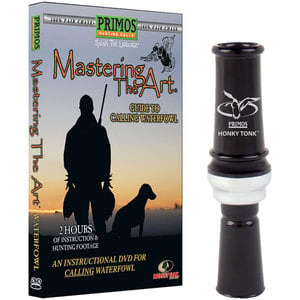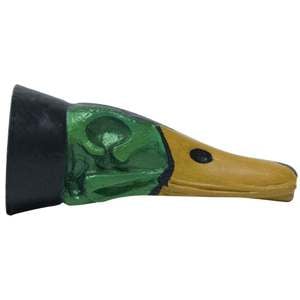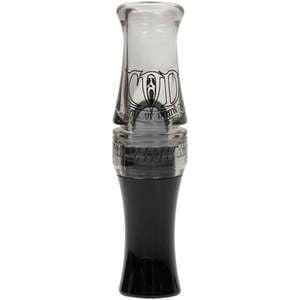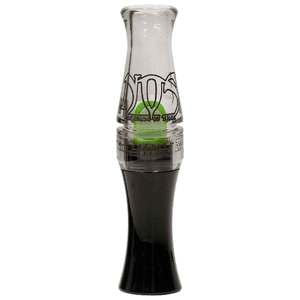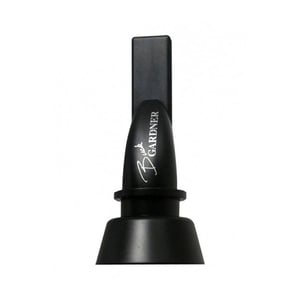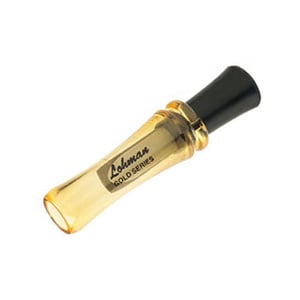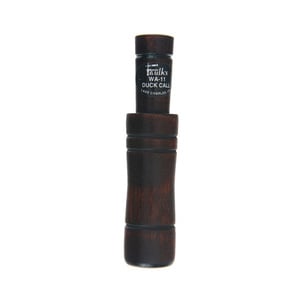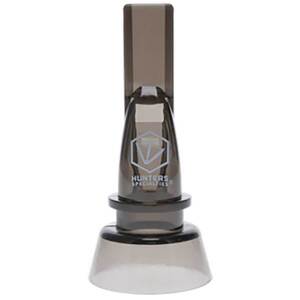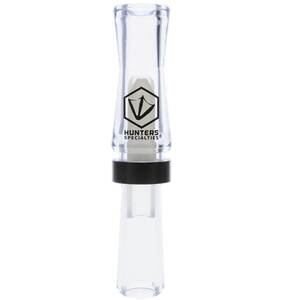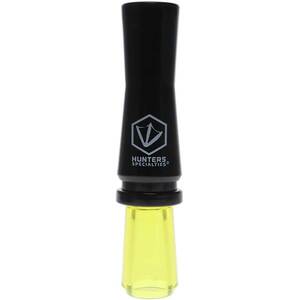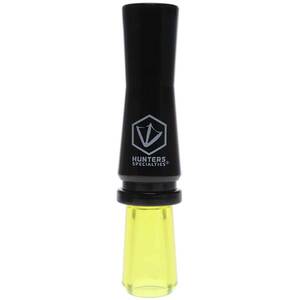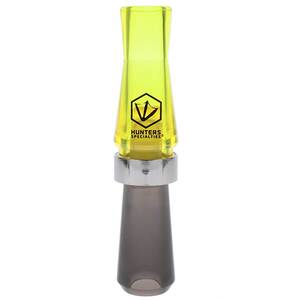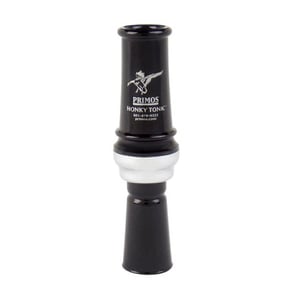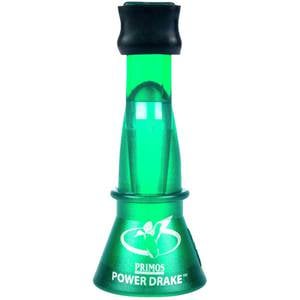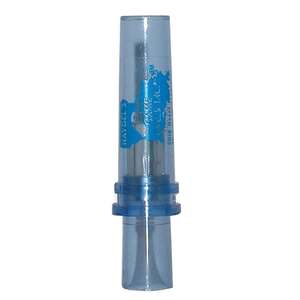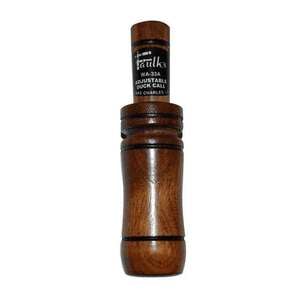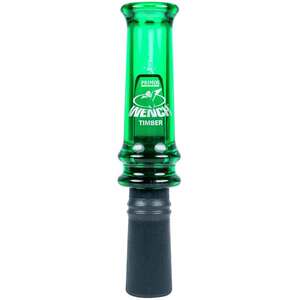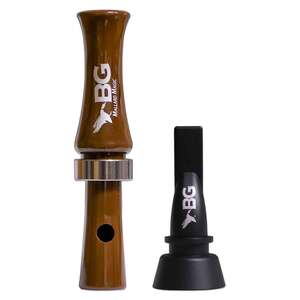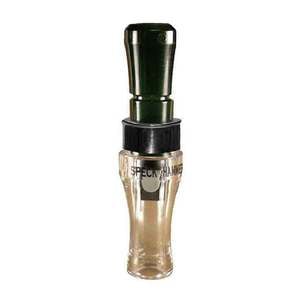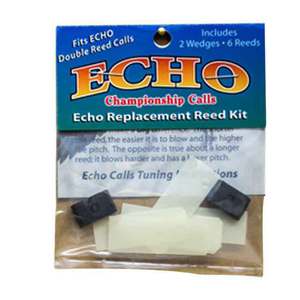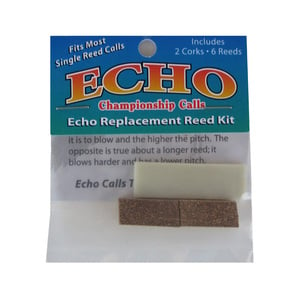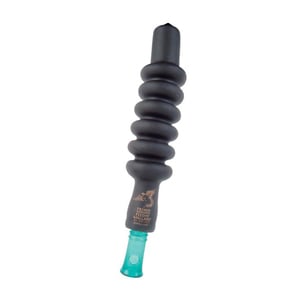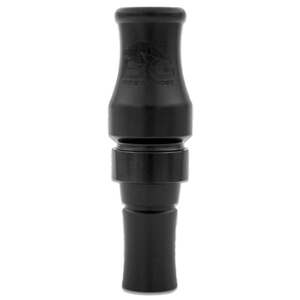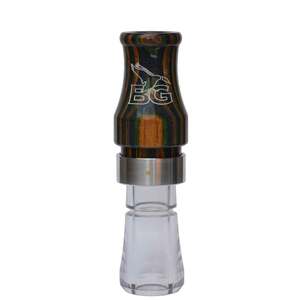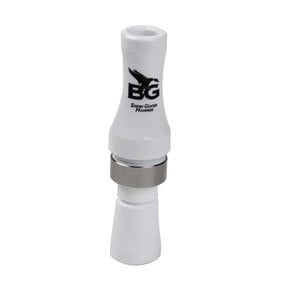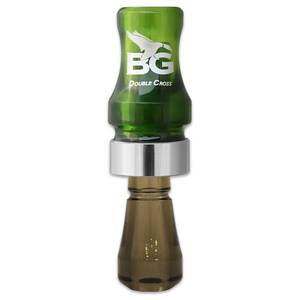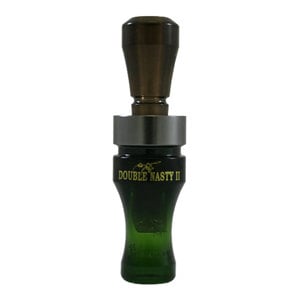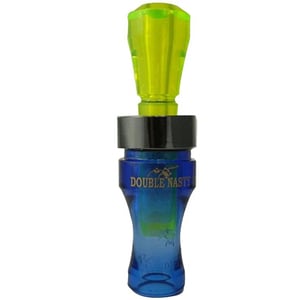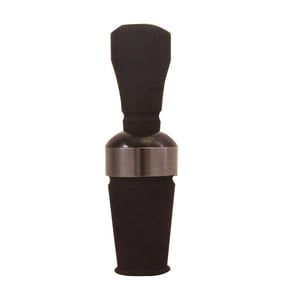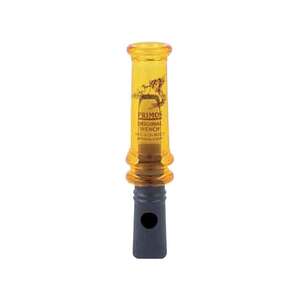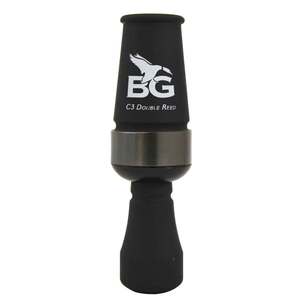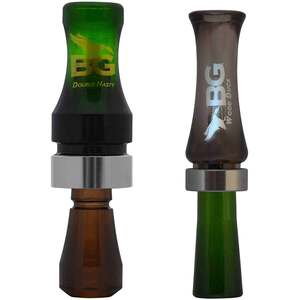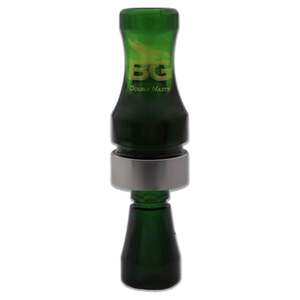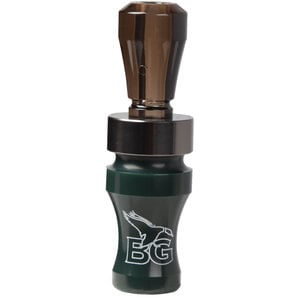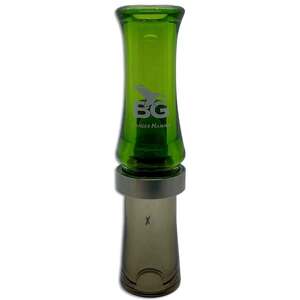Waterfowl calls can help direct the attention of passing birds to your area, giving the hunter the chance to bring home a bigger harvest. There are a few key elements of a good waterfowl call that you should consider before making a purchase.
High or low volume
Will you be calling over wide lakes, or through more closed environments like potholes and ponds? A higher, louder call will carry across wider expanses, but may be too loud for the closed environments, startling the birds. The lower, softer calls are a better bet for flooded timber and other closer-quarters environments, when it’s more important the call sound realistic than be incredibly audible.
Single or double reed
Double reed waterfowl calls are excellent for beginners. They’re easy to use, easy to get right, and sound realistic enough to attract waterfowl.
Single reed waterfowl calls take some practice and skill, but provide a wider range of sounds. This added control can be great for the hunter who knows how to use the instrument and which calls are the most likely to attract a specific target.
Construction
Finally, it’s important to consider the materials used to make the call. The most common call materials are:
- Wood. Wooden calls usually produce softer tones. They can split over time due to moisture, but drying off your call after your hunt will help prolong its life.
- Polycarbonate. These affordable calls are beginner-friendly, water-resistant, and durable.
- Acrylic. These calls are also more durable, and produce long-ranging calls.

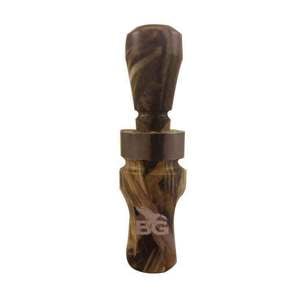
 Pick Up in Store
Pick Up in Store